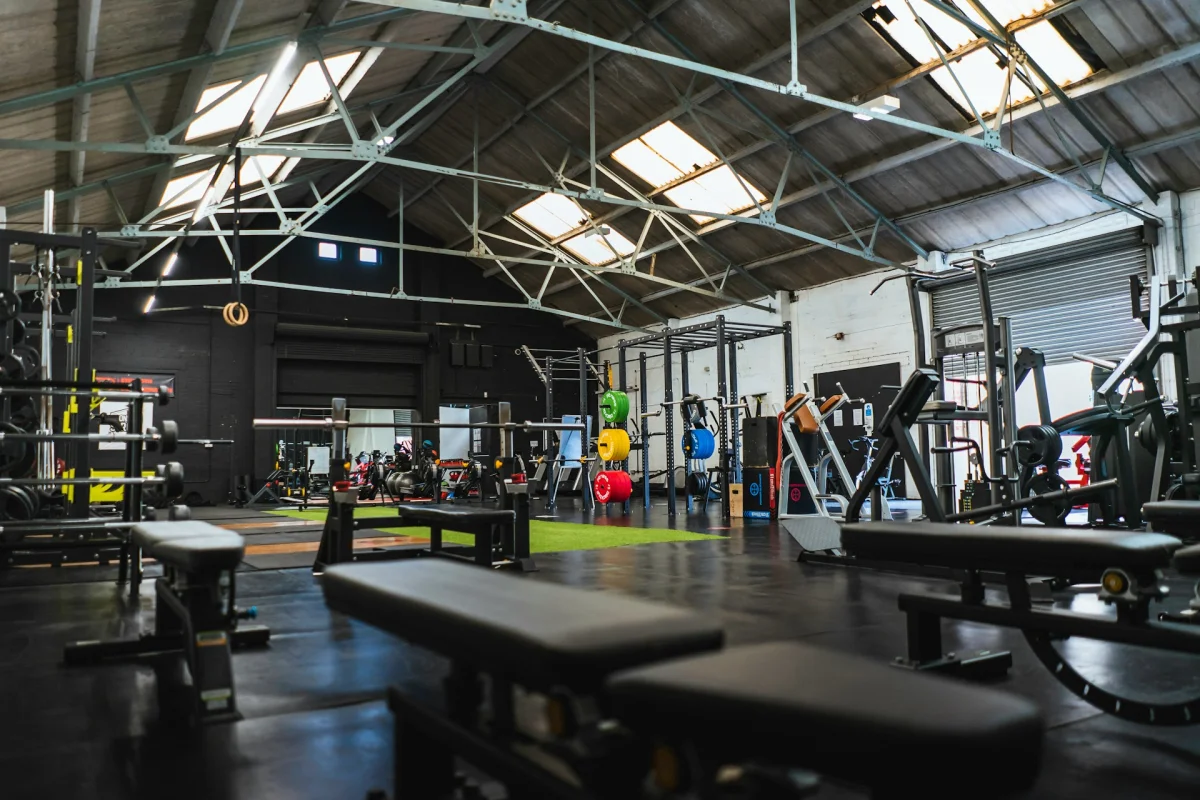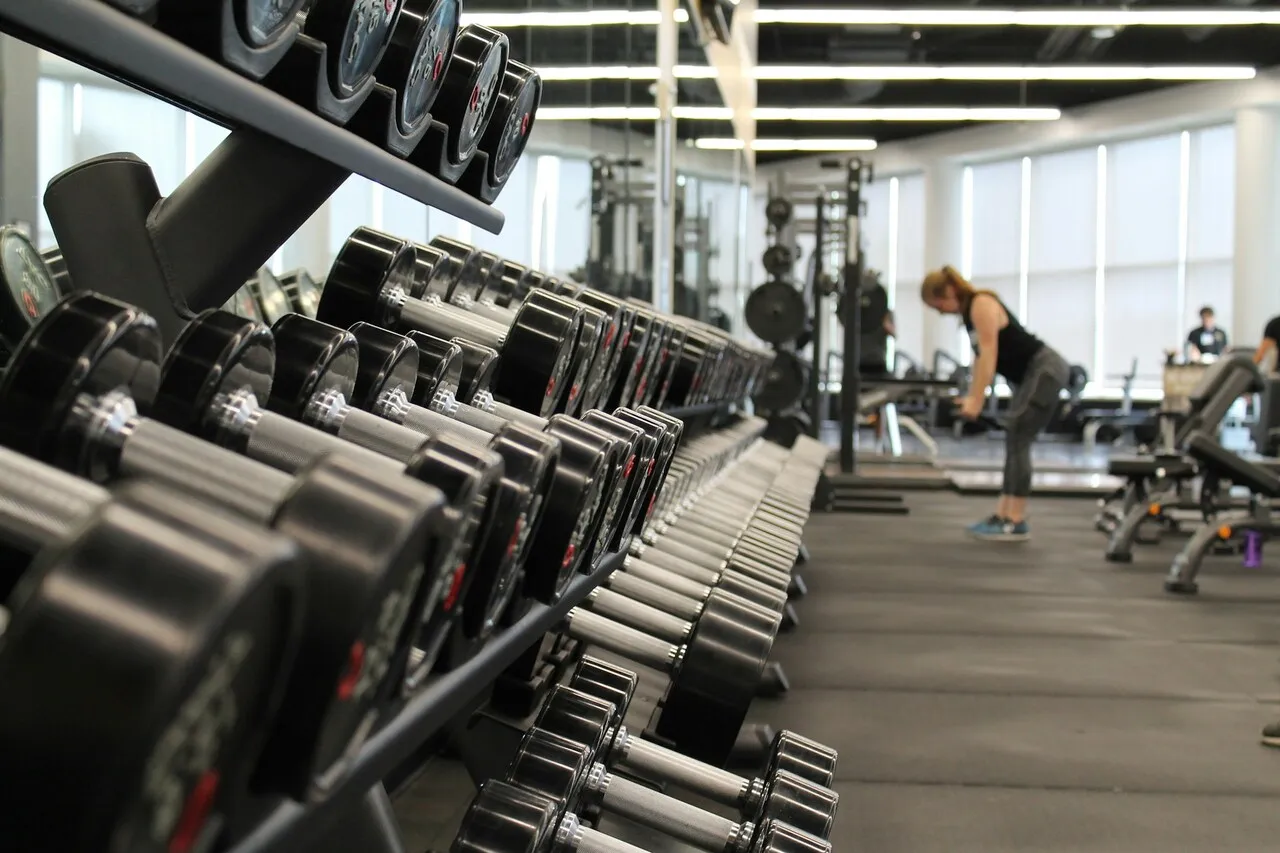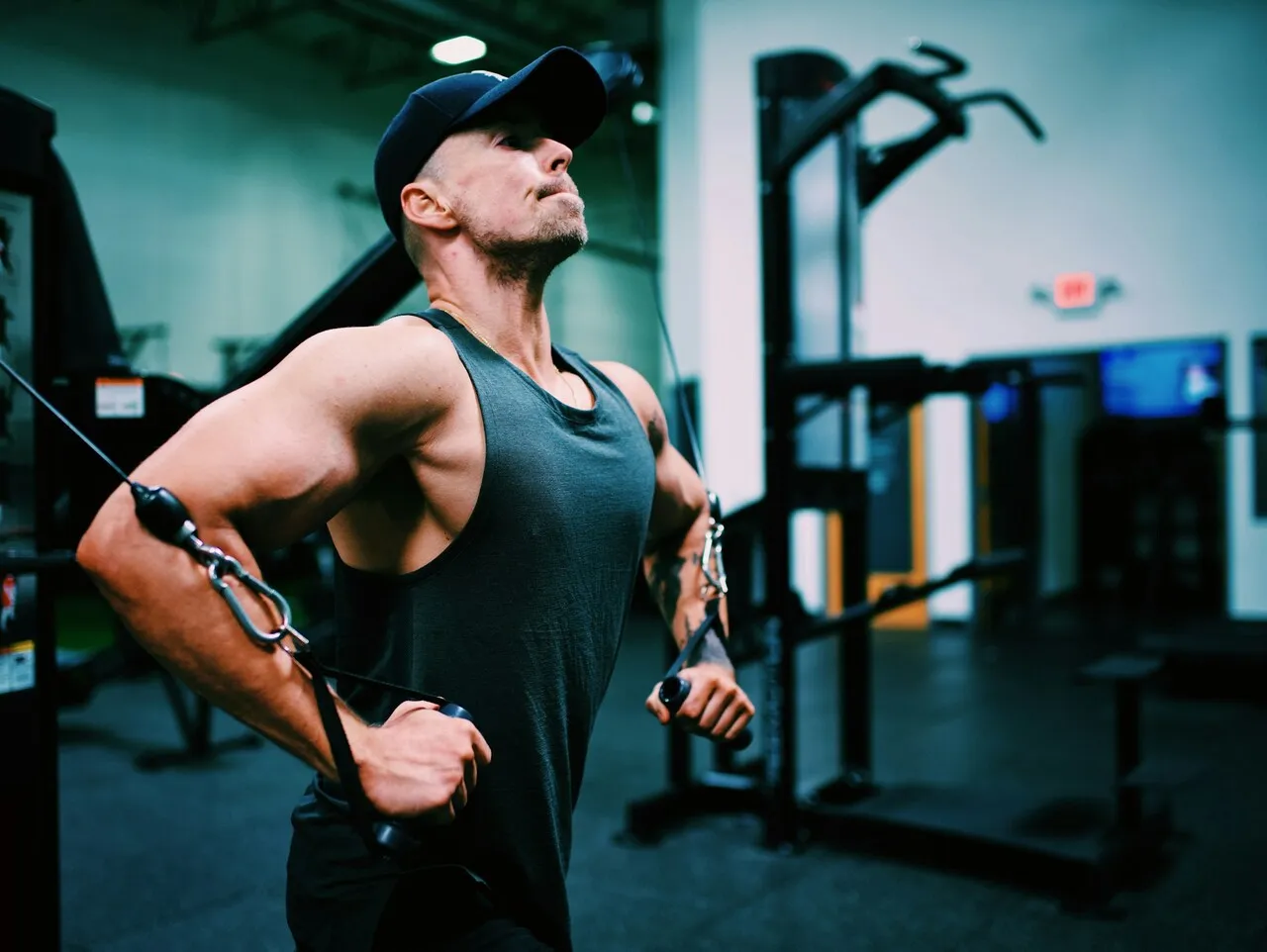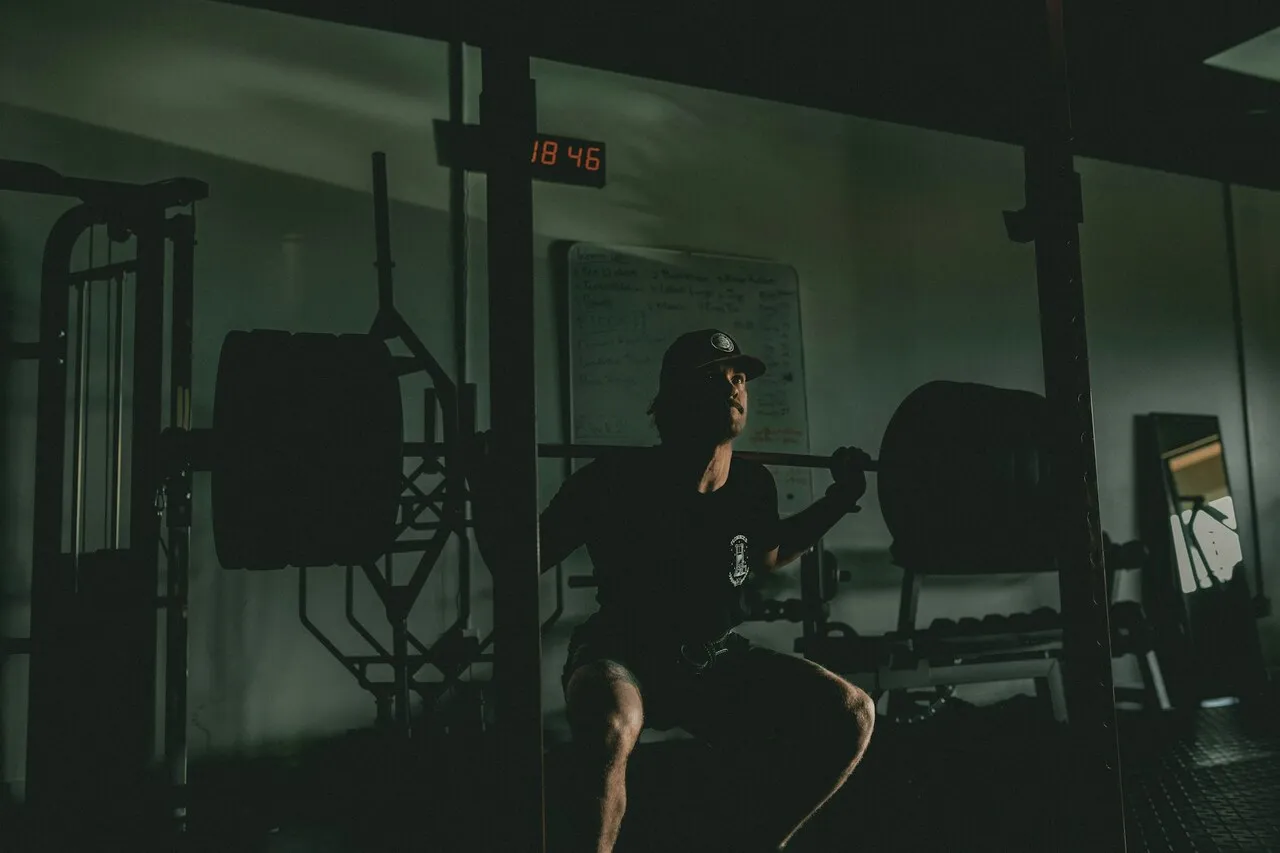 Sunday, December 8, 2024
Sunday, December 8, 2024How long should one train at the gym? What is the most effective approach?
The optimal training duration is a topic that concerns both fitness beginners and experienced athletes. While some believe that long hours of workouts are the key to success, others advocate for shorter and more intense sessions. But what does science say about this, and how can one structure their training time as efficiently as possible?
In this blog, we will examine the key factors influencing training duration, analyze different objectives, and provide practical recommendations based on the latest studies.

Why is Training Duration Important?
The length of a training session not only influences results but also affects motivation, recovery, and the long-term sustainability of a fitness program. Sessions that are too short can be ineffective, while excessively long workouts increase the risk of overtraining and injury.
According to a study by the American Council on Exercise (ACE), a training duration of 45 to 60 minutes is ideal as it strikes a balance between effectiveness and time investment. However, the appropriate duration greatly depends on individual factors such as training goals, fitness levels, and workout intensity.

Training Duration and Goals: A Detailed Analysis
Depending on the goal, there are significant differences in the optimal training duration. Here is a detailed overview:
| Goal | Recommended Duration | Focus | Explanation |
|---|---|---|---|
| Muscle Building | 45–75 minutes | Hypertrophy training with multiple sets, moderate weights, and moderate rest | Maximum tension and sufficient volume stimuli are crucial for muscle growth. |
| Maximum Strength | 60–90 minutes | Heavy weights, few repetitions, long rests (2–5 minutes) | The body needs longer recovery times between sets to maximize strength output. |
| Fat Loss | 30–45 minutes | High-Intensity Intervals (HIIT) or circuit training | Intense training boosts fat burning, even post-workout (afterburn effect). |
| Endurance Improvement | 30–90 minutes | Steady-state cardio or interval training | Longer sessions train aerobic capacity and enhance cardiovascular health. |
| General Fitness | 30–60 minutes | Full-body training with moderate intensity | A combination of strength, cardio, and mobility exercises improves overall health. |

Longer Workouts: When Are They Useful?
Long training sessions exceeding 90 minutes are particularly beneficial for competitive athletes or bodybuilders who aim to isolate specific muscle groups or handle high volumes. In endurance sports as well, longer sessions are necessary to simulate the specific demands of competitions (e.g., marathon).
Risks of Long Workouts
However, training for too long also carries risks:
Increased Cortisol Levels: After about 60 minutes of intense exertion, the stress hormone cortisol rises, which can promote muscle breakdown and inhibit fat loss.
Decreased Concentration: Longer workouts can impair mental and physical performance.
- Higher Injury Risk: As fatigue increases, the risk of performing exercises incorrectly escalates.

Effectiveness Over Duration: Quality Before Quantity
Research shows that training intensity is often more important than sheer duration. A workout based on well-structured, intense exercises can yield remarkable results in a short period.
Strategies for Effective Training:
Supersets: Two exercises for different muscle groups are combined without rest, e.g., squats and pull-ups.
Pyramid Training: Weights are progressively increased while repetitions decrease. This saves time and optimally challenges the muscles.
- Time-Limited Training (EMOM, AMRAP): These methods set clear time frames and increase intensity, e.g., "Every Minute On the Minute" (EMOM).

Differences Between Training Levels
Beginners and experienced athletes have different needs and capacities. Beginners benefit from shorter, more simply structured sessions, while advanced trainees can handle more volume and intensity.
| Training Level | Recommended Duration | Focus |
|---|---|---|
| Beginners | 30–45 minutes | Technique training, basic exercises, longer rest |
| Advanced | 60–90 minutes | More exercises per muscle group, more intense workouts, shorter rest |
| Professionals (e.g., bodybuilders) | 90+ minutes | High volume, isolation training, multiple sessions per day |

HIIT: Short but Intense
For those with limited time, High-Intensity Interval Training (HIIT) offers an efficient solution. Studies show that a 20-minute HIIT workout can have similar effects as an hour of moderate cardio training.
Example of a 20-Minute HIIT Workout:
30 seconds sprint (maximum intensity)
1 minute walking or slow jogging
- Repeat the interval for 15–20 minutes.

Recovery: The Hidden Training Time
Not only does the time in the gym count, but also the time your body needs to recover. Muscles do not grow during training, but during rest periods. Particularly important are:
Sleep: At least 7–8 hours per night for recovery.
- Active Recovery: Walks, light stretching, or yoga enhance circulation and help alleviate muscle soreness.

Example Training Plan for 60 Minutes
Full-body workout (combining muscle building and fat loss):
Warm-Up (5–10 Minutes):
5 minutes of light cardio (e.g., rowing or jumping rope).
Mobility exercises for joints (e.g., hip and shoulder circles).
Strength Training (35 Minutes):
Squats: 4 sets of 8 repetitions.
Bench Press: 4 sets of 8 repetitions.
Pull-ups or Lat Pulldowns: 3 sets to failure.
Planks: 3 sets of 60 seconds.
HIIT Finisher (10 Minutes):
20 seconds of burpees, 10 seconds rest (Tabata, 8 rounds).
Cooldown (5 Minutes):
Light stretching, focusing on the targeted muscle groups.

New Scientific Insights
A meta-analysis in the Sports Medicine Journal (2023) emphasizes that personalized training plans are crucial. Individuals respond differently to training duration and intensity, based on genetics, age, and lifestyle. Therefore, progress is best achieved through regular adjustments to the training plan.

Conclusion: Make Use of Time Wisely
The optimal training duration for most people lies between 45 and 60 minutes, depending on the goal and intensity. It is crucial to structure your training well, work intensely, and regularly review your progress.
Remember: it’s not merely the time spent in the gym that counts, but how you utilize it. With the right methods, you can achieve maximum results even in a short period.


